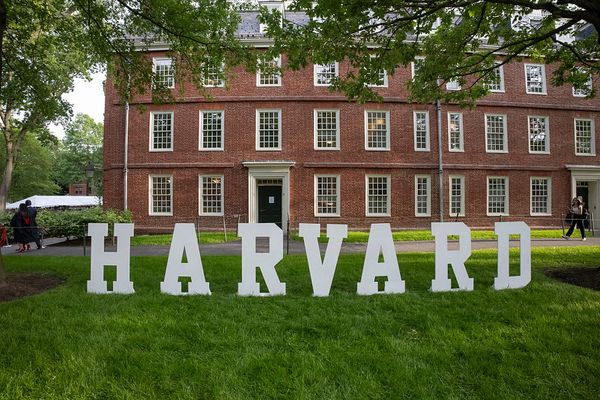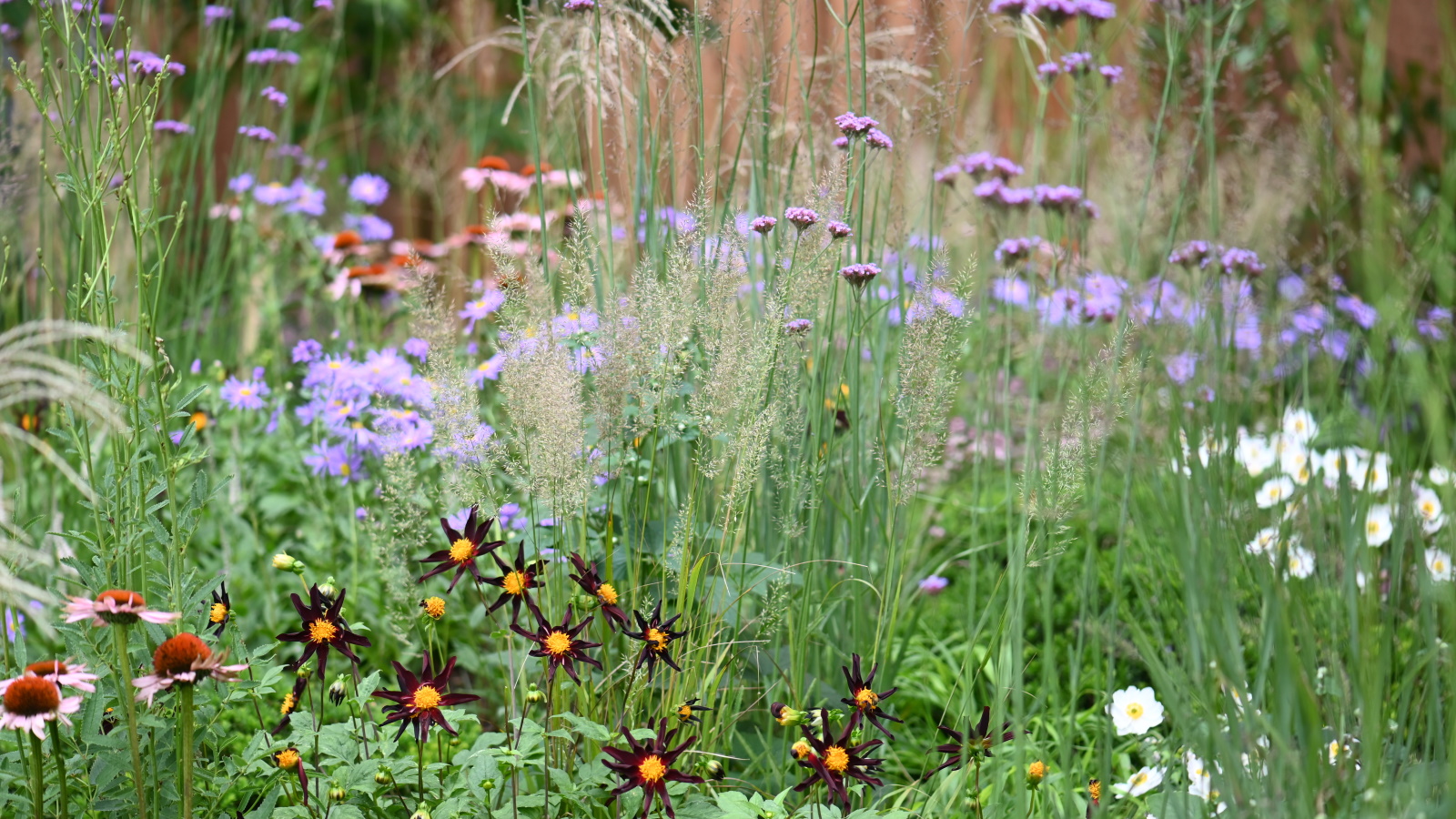
Garden design trends come and go, but when it comes to growing, it feels like more of us than ever before are looking to make sustainable choices that benefit our backyards as well as local ecosystems and the environment.
As the effects of climate change and extreme weather conditions become ever apparent, gardeners are increasingly searching for practical ways to work with these changes or risk problems with flooding, drought, and failing plants.
Earlier this week, the Slow Flowers Society based in Seattle, released its annual trends forecast report based on industry insights and interviews with its grower and floral designer members across the US.
The report highlighted several growing industry trends, which will not only provide solutions to these aforementioned challenges, but are also perfectly adaptable for our own backyards and a wide variety of climate zones.
Specifically, these trends include the rise in native planting; a move towards planting scented, seasonal flowers over hybridized flower cultivation; and the increasing use of homemade, low-cost solutions in the garden.
We take a look at each one, examine the benefits and explain how you can embrace these ideas in your own outside space.

3 gardening industry trends to embrace in your own backyard
Industry pros explain why these ideas will not only benefit your backyards, but the planet, too.
1. Native planting
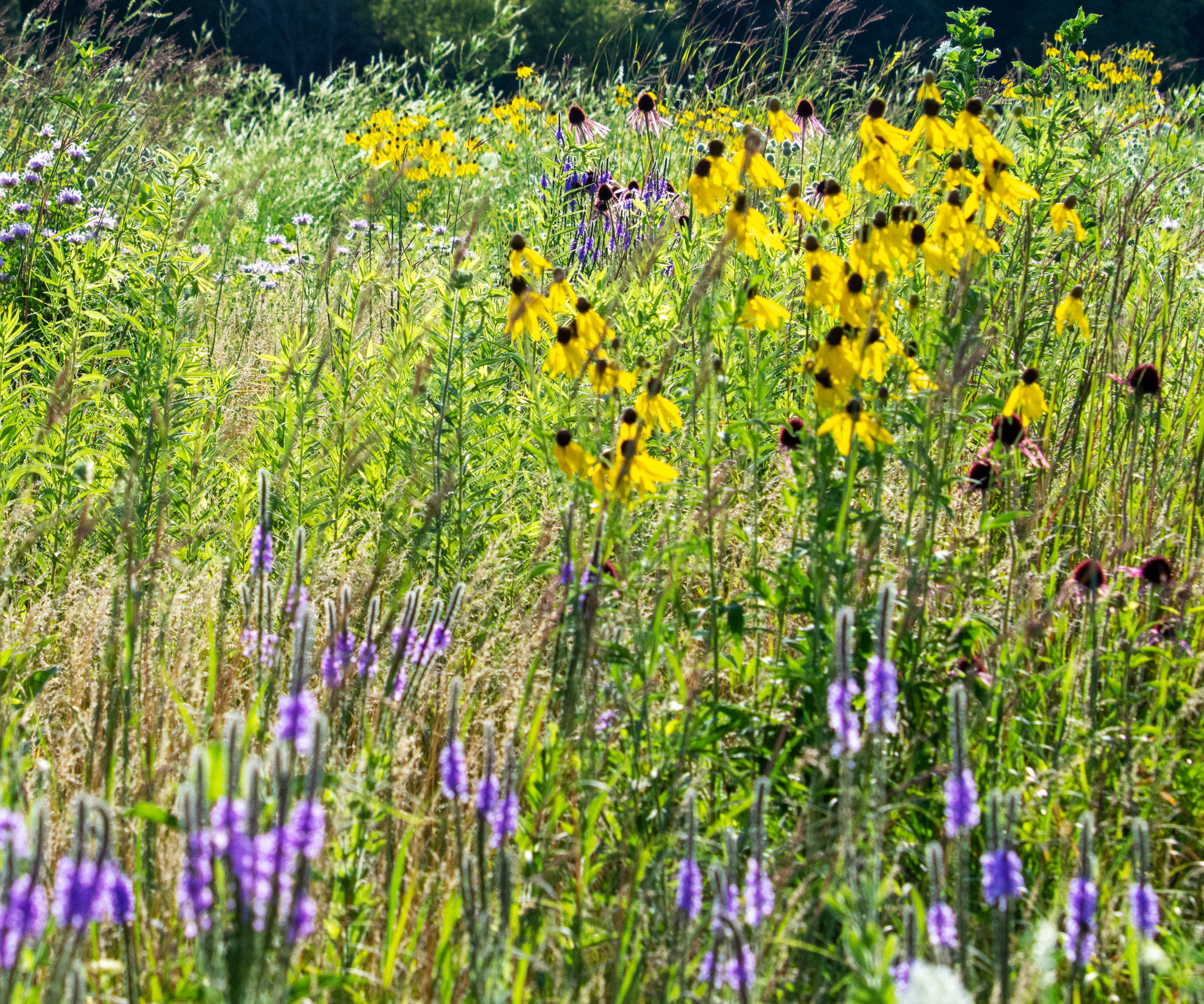
Debra Prinzing, Seattle-based founder of the Slow Flowers Society, and author of Slow Flowers, available on Amazon, says in the report that ‘by paying closer attention to our ecosystems, more of us are recognizing indigenous flora, and valuing its benefits to wildlife, soil health, and providing uncommon beauty in bloom, leaf, and pod.’ She adds that interest in native plants aligns with an awareness that even small actions can help address climate change.
According to the report, 87% of Slow Flowers members now grow native plant species as part of their crop mix, which are more resistant to flooding and drought.
Deborah Majerus of Iron Butterfly Farm in Minnesota, renovated the landscape at her guesthouse by replacing a grass lawn with native flowers and grasses. Her property is now a demonstration garden that helps to combat climate change.
So, what are the first steps to incorporating native plants into your own yard?
Deborah says a great way to get started is to replace patches of lawn with native flowers and grasses. ‘Lawns are deserts to pollinators,’ says Deborah in the report. ‘They offer nothing to eat, no habitat for wildlife, use up precious water, and oftentimes absorb chemical herbicides, which also kills all the good microbes in the soil.
‘Farmers here are starting to plant strips of prairie plants and hedgerows,’ she adds. ‘These plantings provide wind breaks, deep roots, and habitat for birds, which can eat pests. Native prairie plants attract beneficial insects that help to manage pests in the garden or farm.’
2. Planting flowers for fragrance
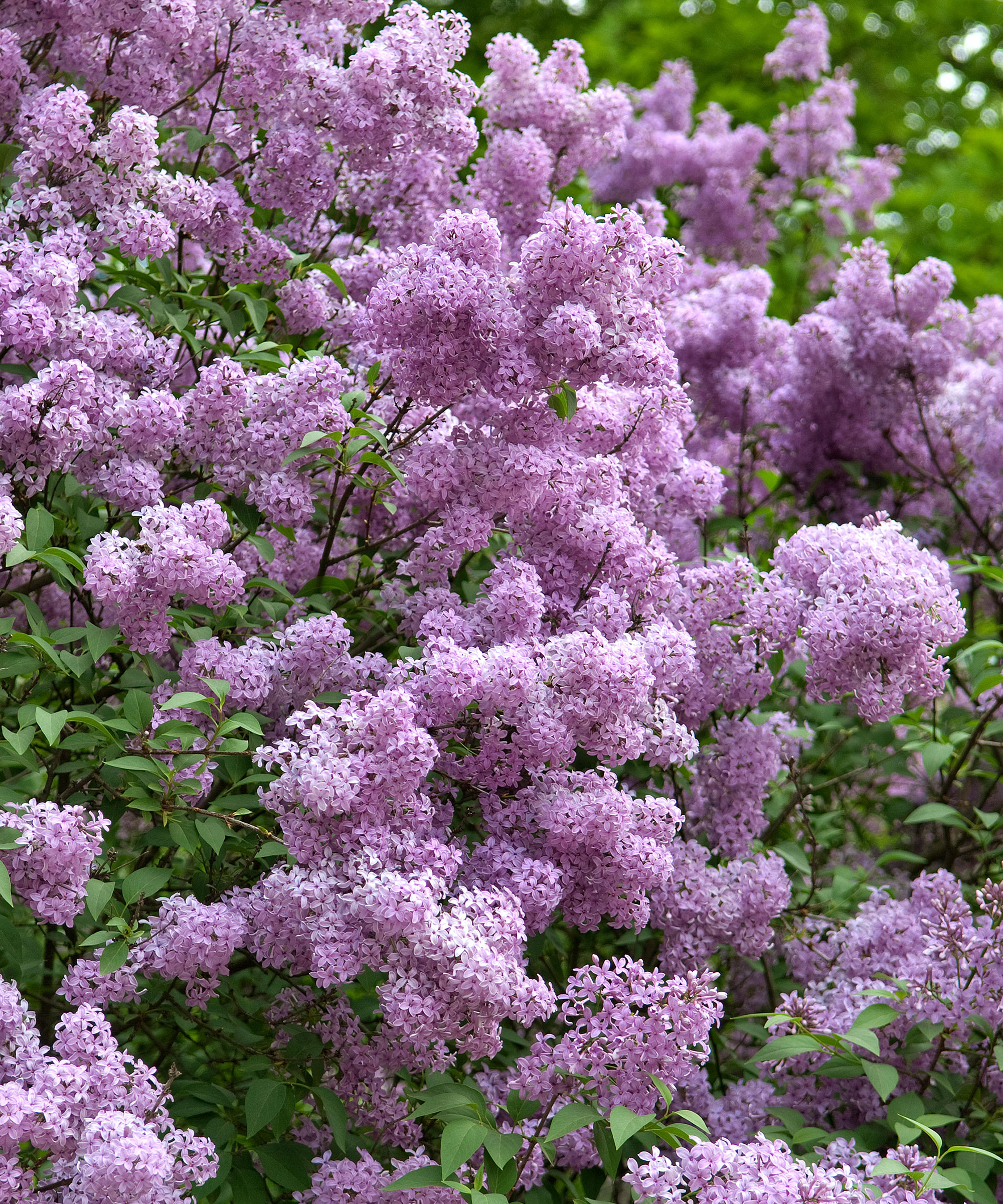
When it comes to scent, the Slow Flowers Report indicates its members are celebrating a move away from hybridized, unscented flowers, to embracing the natural, seasonal perfume a garden offers.
Slow Flowers member Stefani Bittner, owner of landscape design firm Homestead Design Collective based in Lafayette, California, and co-author of The Fragrant Flower Garden: Growing, Arranging, and Preserving Natural Scents, available to pre-order on Amazon, says ‘creating and maintaining a fragrant garden requires no more time or effort than that of any other garden, but the bounty and blessings are multiplied, resulting in a landscape that is both beautiful and wondrously fragrant'.
Fragrance is such an important element of planning a backyard design scheme, and it’s the one feature many of us wouldn’t be without. Scent is synonymous with embracing seasonality and the natural flow of a garden. It is also a wonderful way to boost your mood without even realising it. Simply by planting a scented shrub (star jasmine is one of our top picks) next to your back door, you will absorb its delicate, warming fragrance without even realising it every time you walk through the door.
Some of the best flowers to plant for scent include sweet peas, peonies, lavender, roses, stocks and lilac - and don’t forget herbs, too.
3. Homemade gardening solutions
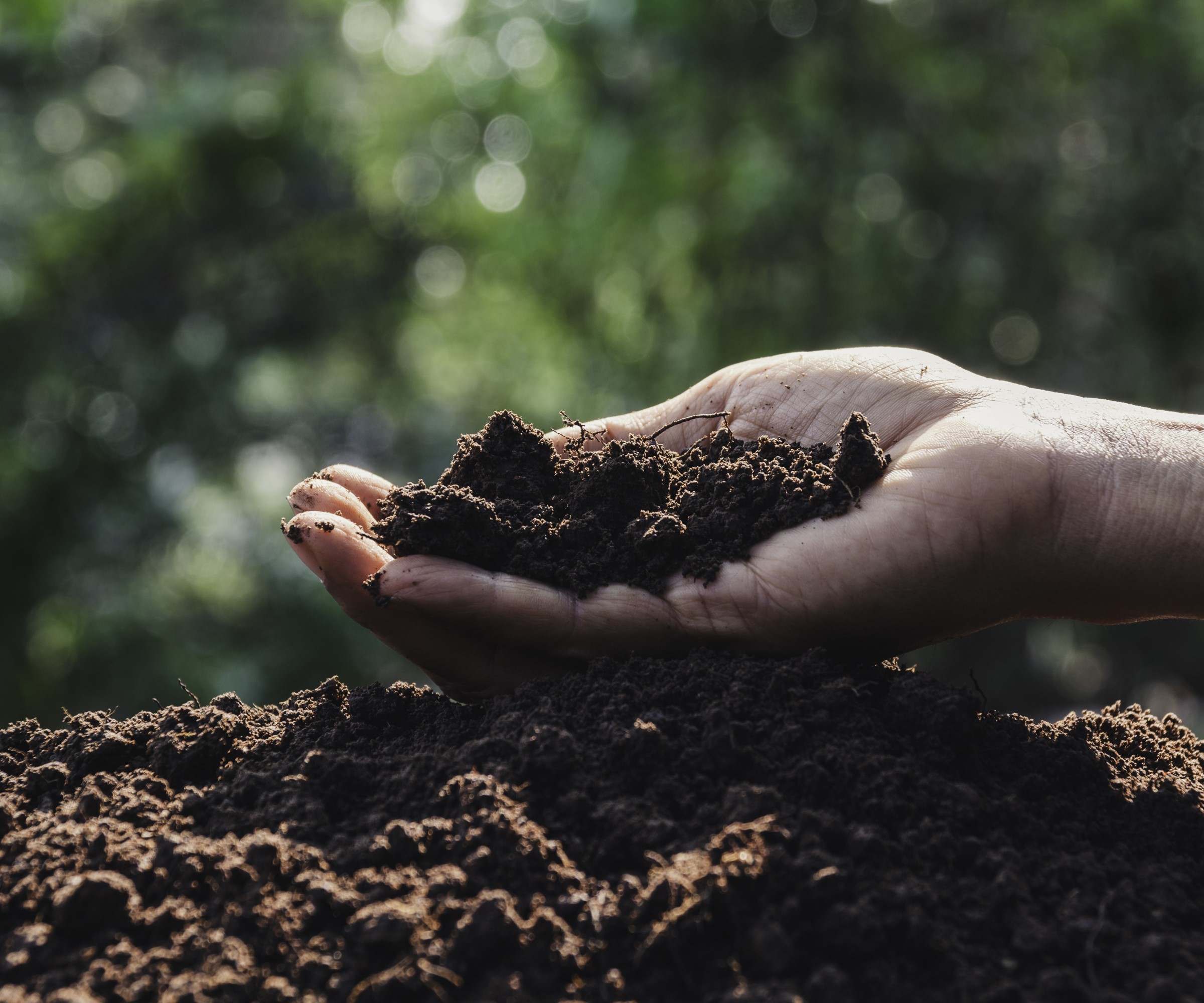
As gardeners, we are often well versed in being resourceful when it comes to growing our own, and this often equates to ways to save money in the garden.
Making our own compost, green manure, and fertilizer and is set to become even more popular this year, as artisan flower growers embrace biodynamic and regenerative farming techniques.
In the Slow Flowers report, Briana Bosch of Blossom and Branch Farm in Lakewood, Colorado urges home-based gardeners to reduce plastic use. ‘Eliminating landscape fabric is the number one thing people should be doing; it’s not really recyclable yet,’ she says. 'It breaks down and contributes microplastics to the soil and water supply.’
There are really simple ways to reduce plastic use in your backyard, from replacing plastic seed trays with cardboard egg boxes or eggshells, or using biodegradable newspaper tubes instead of plastic pots to start seedlings. Store-bought compost and plant fertilizers will very often come in plastic packaging, so by making your own stocks of these essential products you’re not only being more sustainable, but more environmentally-friendly too.
FAQs
How can I plant a sustainable garden?
There are so many ways you can start to make your backyard and garden greener and more eco-friendly. To create a sustainable garden, just a few ideas include adding native plants in your borders; allowing areas of your lawn to grow wild; adding a rainwater harvesting system; planting for pollinators; and using all natural methods to control pests.
What are the biggest garden trends for 2024?
Among the key gardening trends for 2024 are a rise in growing edimentals, planting for pollinators, an increasing interest in the benefits of native planting, and naturalistic planting schemes.
It’s really encouraging to see the industry leading the way in making sustainable changes to the way we grow and cultivate our gardens, and by starting with simple, small adjustments we will all be able to make a difference to our futures.





